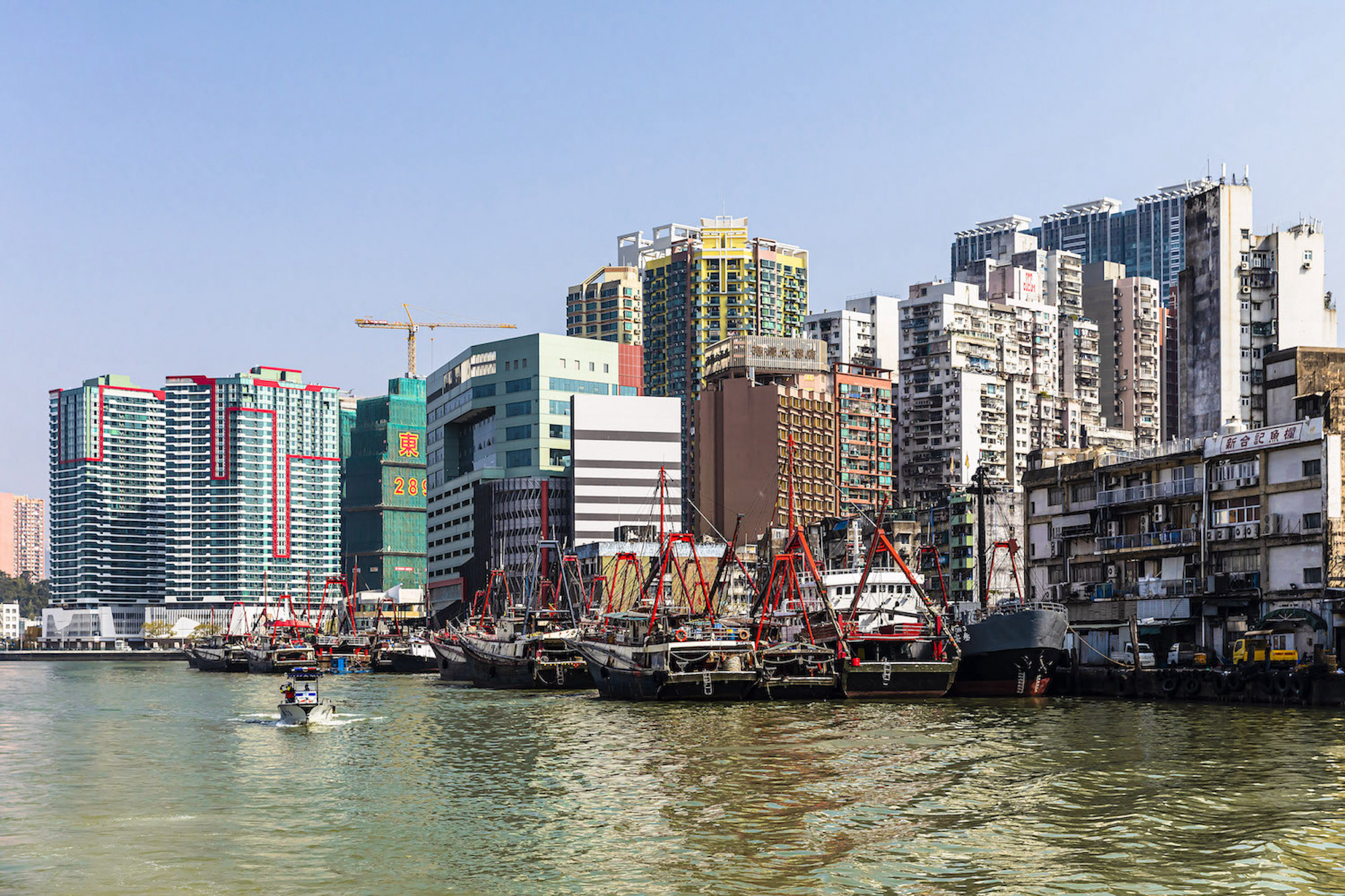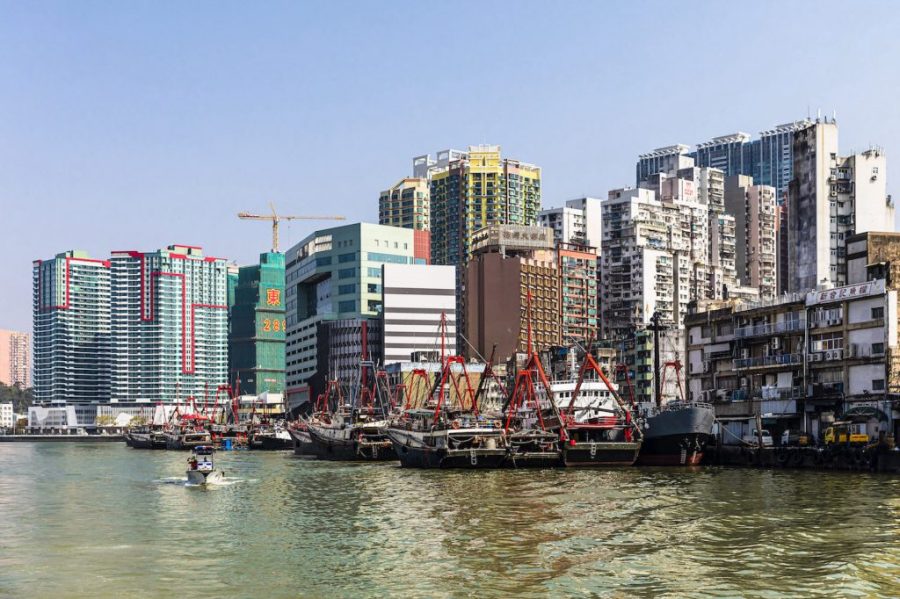Construction on the long-planned tidal gate project in Macao’s Inner Harbour is not due to start at any time in the near future.
Secretary for Transport and Public Works Raimundo do Rosário said that the government will only decide whether to go ahead with the project depending on the effectiveness of a future rainwater pumping station in the southern area of the Inner Harbour district, which is currently under construction, in solving the district flooding problem.
Rosário also said that for the time being it was not suitable to launch the tidal gate project considering the high construction and annual maintenance cost of a tidal gate whose operation could be expected to be activated only a few times every year.
The tidal gate project, which aims to solve the long-running flooding problem affecting the Inner Harbour district, was first proposed by the Macao government several years ago.
Rosário was speaking during a presentation session yesterday when he and other officials briefed lawmakers about the government’s latest development plans for the city’s flood-prevention projects. The presentation session also included the findings of a simulation test for the tidal gate project in the Inner Harbour.
The two-hour session was also attended by representatives from an engineering company hired by the Macao government to carry out the tidal gate project’s simulation test.
According to the original plan, the tidal gate would be built in the river between the west coast of the Macao peninsula near Barra and Wanzai in Zhuhai.
The findings of the tidal gate’s simulation test show that a tidal gate would be able to protect the Inner Harbour district from flooding caused by a storm surge similar to the ones triggered by Super Typhoon Hato in 2017 and by Super Typhoon Mangkhut in 2018.
However, the findings presented yesterday show that certain areas along the peninsula’s southern and eastern coasts would still be affected by flooding when the operation of the tidal gate is activated, in which case other flooding-prevention projects would be needed such as raising the height of the embankment there.
Rosário said that the tidal gate project was expected to cost several billion patacas, and the maintenance would require a few hundred million patacas every year.
Rosário underlined that only after the rainwater pumping station project in the southern area of the Inner Harbour district comes into use in a few years’ time, would the government study whether to continue with the tidal gate project.
Public Works Bureau Director Lam Wai Hou presented the government’s latest development plans for the city’s flood-prevention projects in the short, medium and long term. Lam pointed out that two short-term projects have been completed: a rainwater pumping station and box culverts in the northern area of the Inner Harbour district, and raising the height of the embankment in Fai Chi Kei and Ilha Verde.
According to Lam, the government’s medium-term flood-prevention projects comprise four projects. The first is building a rainwater pumping station and box culverts in the southern area of the Inner Harbour district, which also includes the improvements of the rainwater drainage network there, while the other three projects are still being planned.
According to Lam, the other three projects for the medium term will comprise land reclamation of the mudflats off the peninsula’s north-eastern coast, raising the height of the Zone A land reclamation area’s embankment, and flood-prevention projects off Coloane’s south-western coast aiming to protect Coloane Village from flooding.
Among the three medium-term projects that are still being planned, according to Lam, the government has already invited construction bids for the project to reclaim the mudflats off the peninsula’s north-eastern coast. The reclamation project is also required for the Light Rail Transit (LRT) East Line project, which is slated to be completed in 2028.
The LRT East Line will be a sea-crossing section connecting the Barrier Gate land border checkpoint and the Taipa Ferry Terminal in Pac On via the Zone A and Zone E1 land reclamation areas.
The government launched a public tender in October last year for the LRT East Line project, the bidding period of which is running until around the middle of this month, when the submitted bids will be unsealed.
According to Lam, the government’s long-term flood-prevention projects will comprise four projects: the tidal gate, raising the height of the embankment in the Outer Harbour, flood-prevention barriers along the Inner Harbour coast, and a water storage tank near Praça de Ponte e Horta.
Lam underlined that the government will only decide whether to push ahead with its long-term flood prevention projects depending on the effectiveness of its short-term and medium-term flood prevention projects in solving the long-running flooding problem affecting the city’s low-lying areas, The Macau Post Daily reported.






